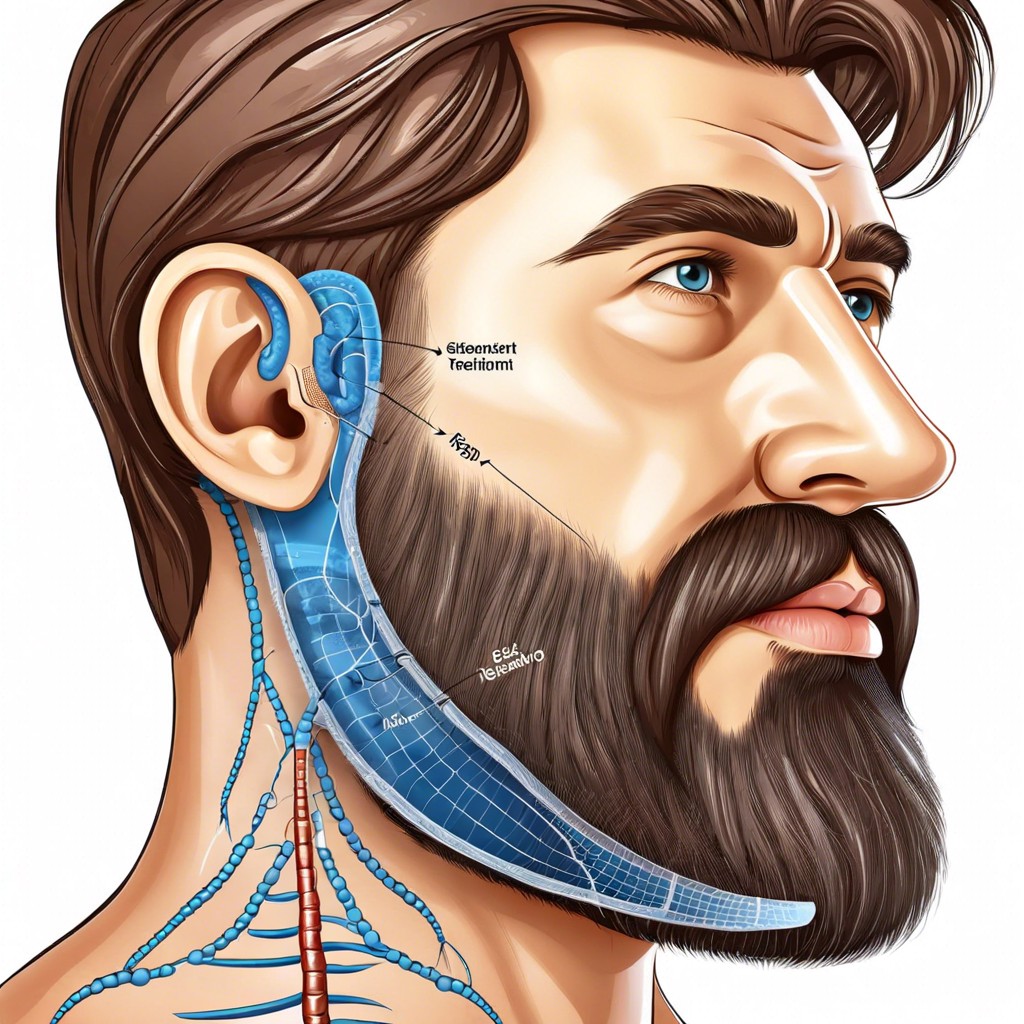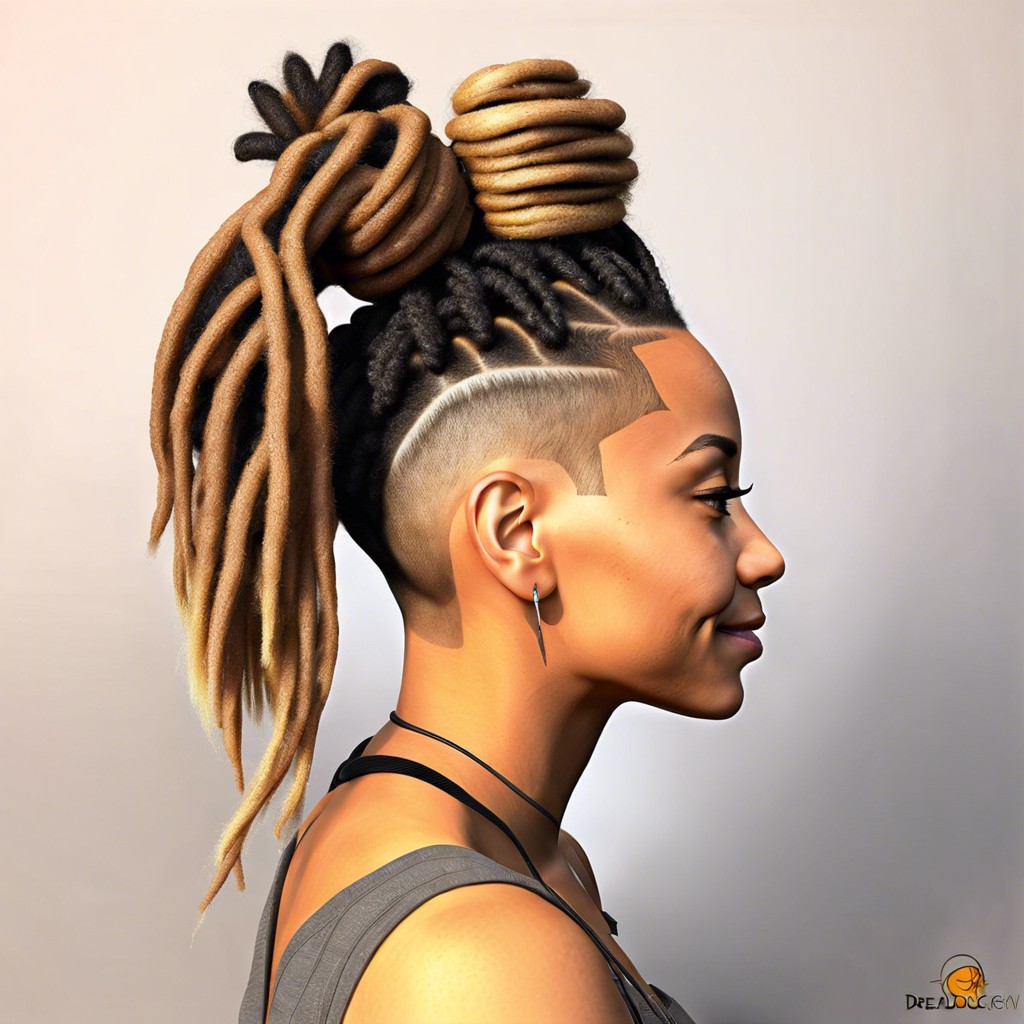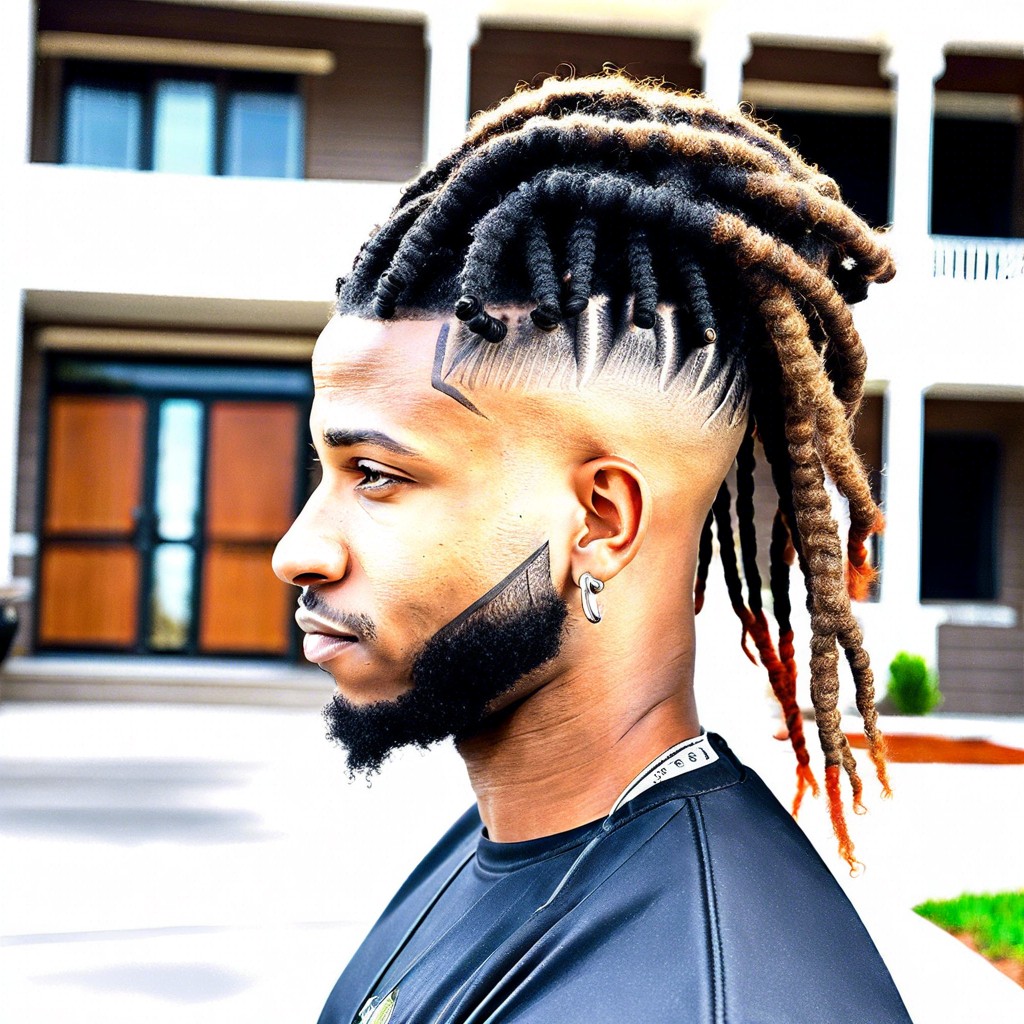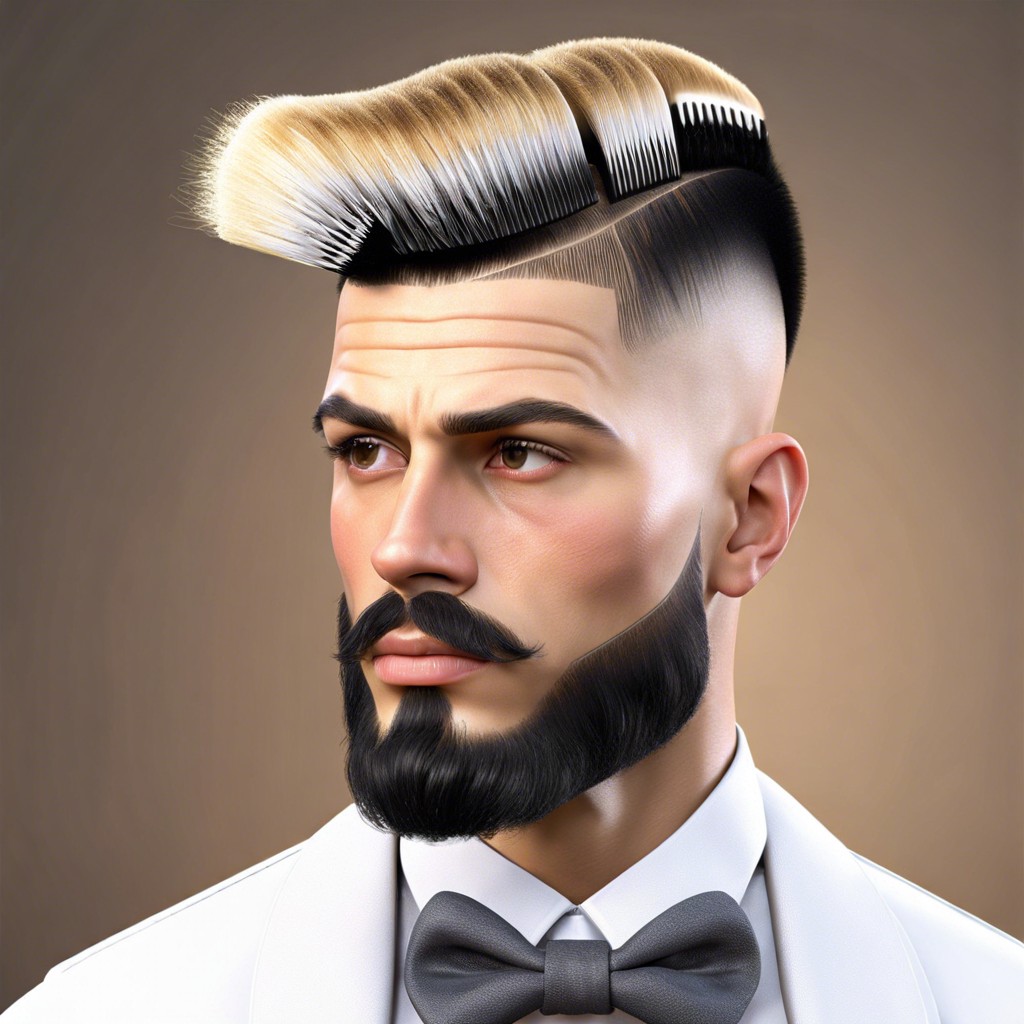Discover the journey of your beard, from a simple idea to a magnificent statement of personal style, as we unveil the secrets behind its growth process.
So, you’re itching to know the secrets behind beard growth? Spoiler alert: It’s not just about splashing some magic potion on your face. Dive in as we unravel everything from genetics to the hair growth cycle, hormone shenanigans, and the power of gobbling good food. Throw in some skincare wizardry, age factors, stress busters, workout hacks, and busting myths—be prepared for a beard-ucation like no other. Ready to transform that stubble into a majestic mane? Let’s get growing!
Key takeaways:
- Genetics influence beard thickness and growth rate.
- Hair growth cycles include anagen, catagen, and telogen phases.
- Testosterone and DHT are key for beard growth.
- Diet rich in protein and vitamins supports beard health.
- Skincare prevents itchiness and promotes healthy beard growth.
Genetics and Beard Growth

Ever notice your dad, uncle, or even grandpa rocking a beastly beard while you’re struggling with peach fuzz? You can thank genetics for that. Our hair follicles, the tiny factories responsible for hair production, are influenced by family genes. If the men in your family are full-bearded wonders, chances are you’ve hit the beard lottery.
Genes don’t just determine the presence of a beard, but also its thickness, texture, and growth rate. So, if Dad’s beard is more ZZ Top and less stubble, yours might be too. But remember, genes are a wild card. Even brothers can have different beard-growing capabilities.
- Hair growth operates in cycles, and how long these cycles last can depend on your genes.
- The density and distribution of beard follicles are mostly predetermined when you’re just a bun in the oven.
- Ethnicity plays a role too; some ethnic backgrounds naturally produce fuller beards.
No use crying over unruly genes, our unique genetic make-up tells a fabulous story.
Stages of Hair Growth Cycle
First up, we’ve got the anagen phase, the star of the show. This is the growth period where your beard follicles are working overtime, sprouting those precious strands. Typically, it lasts from a few months to several years. It’s like the beard Olympics of your face – longer, stronger, faster.
Next, the catagen phase. This is the transition phase where your hair decides it’s time for a little breather. Follicles stop producing new cells, and growth hits the pause button. Think of it as a well-deserved coffee break for your hair.
Then comes the telogen phase, the resting phase. Imagine your beard hair lounging in a hammock, taking it easy for a while. This phase can last a few months, and it’s your beard just living its best, lazy life before shedding to make way for new growth.
Finally, we have the exogen phase. This is when your hair says its goodbyes and falls out, making space for new ones in the anagen phase. It’s the natural shedding cycle and part of keeping your beard fresh and fabulous.
Role of Hormones
Testosterone is the main player when it comes to beard growth. This hormone decides how thick and luscious – or sparse and patchy – your beard will be. Higher levels typically equal better growth.
Dihydrotestosterone (DHT) is a supercharged version of testosterone. It attaches to hair follicles, encouraging them to sprout those manly whiskers. But too much DHT can cause hair loss, so it’s a balancing act.
During puberty, these hormones kick into high gear. That’s why teenage boys often rock those scraggly, uneven beards. With time and hormonal consistency, those awkward patches usually fill in.
Stress and lack of sleep can throw a wrench in the hormonal works. They lead to elevated cortisol levels, which can mess with testosterone production. So, less stress, more beard!
Genetics also determine how sensitive your hair follicles are to these hormones. You can thank (or blame) your parents for your beard-growing capabilities – or lack thereof.
Impact of Diet and Nutrition
The old saying “You are what you eat” applies to beard growth too. Your beard thrives on good nutrition. A sharp diet can turn a patchy mess into a pride-worthy mane.
Protein is key. Think of it as the building block for those glorious bristles. Gobble up eggs, fish, and lean meats to give your beard the muscle it needs.
Vitamins matter. Vitamin B7 (biotin) loves beards. You can find it hiding in almonds, sweet potatoes, and spinach. Vitamin D also helps; those rays of sunlight or foods like mushrooms and fortified milk are your beard’s best friends.
Omega-3 fatty acids—don’t let the fancy name scare you. They’re vital for strong, healthy follicles. Chomp on some walnuts or grill up some salmon.
Hydration isn’t just for marathon runners. Chugging enough water keeps your beard lush and prevents that dreaded dryness.
Balanced nutrition doesn’t just help you feel better, it keeps your facial forest flourishing. So, keep your plate colorful and your beard will thank you.
Importance of Skincare
Neglecting the skin beneath your beard leads to all sorts of fuss. From itchiness to dreaded beard dandruff, ignoring skincare is a highway to beard disaster.
Cleanse regularly. A dirty beard traps all sorts of gunk like a lint roller at a cookie crumb convention. Use a gentle beard shampoo to keep it fresh and skin-friendly.
Moisturize often. Dry skin under your beard may as well be a cactus. Use beard oil or balm to keep it hydrated and soft, preventing irritation and flakiness.
Exfoliate occasionally. Dead skin cells love to camp out under beards. Use a gentle scrub or brush to evict them. This promotes new growth and keeps everything feeling smooth.
Skincare isn’t just fluff; it’s the secret sauce for a healthy, handsome beard. Treat your skin well and your beard will follow in splendid fashion.
Influence of Age On Beard Growth
Younger guys often dream of sporting a full, lush beard, but early beard growth can be a mixed bag. Puberty kicks things off, but patience is key. Hair follicles are still hustling to grow up, much like teenagers themselves.
In your twenties, testosterone levels peak, and facial hair usually follows suit. This is prime beard time! Getting those Tom Selleck vibes becomes more feasible.
By the thirties and forties, the beard usually reaches its zenith. It’s thick, it’s mature, and it’s ready to make a statement. Just like a fine wine.
Later on, as the silver fox era approaches, hair follicles might start to throw in the towel. Hormonal shifts can thin the beard, making maintenance a bit more crucial. Fear not—a mature beard can still be a showstopper.
Stress and Beard Growth
Stress. The sneaky beard saboteur you didn’t know you had. When you’re stressed, your body releases cortisol, a pesky little hormone that loves to mess with your testosterone levels. Guess what? Lower testosterone can slow down beard growth.
But that’s not all. Stress can also lead to poor sleep. And poor sleep means less repair and regeneration for those precious beard follicles. Plus, stressed folks tend to neglect their diet and exercise routines, which are crucial for healthy hair growth.
So, chill out for your beard’s sake. Practice relaxation techniques, stay active, and keep your nutrition on point. Just think: a calmer you means a fuller, more fabulous beard. Who knew serenity could be so stylish?
Physical Activity and Beard Health
Exercise pumps up those biceps—and your beard too. Physical activity boosts blood circulation, ensuring hair follicles receive more oxygen and nutrients. Think of it as a workout for your face.
Sweating clears out clogged pores, reducing acne and creating a healthier environment for beard growth. Plus, regular movement helps balance hormones, especially testosterone, which is critical for a thick, lustrous beard.
Stress-killer alert! A good workout can lower stress levels, which in turn curbs hair loss. Keep it simple: lift, run, stretch, or dance like no one’s watching—just keep that body moving.
And lastly, a fit body often means a well-balanced diet packed with beard-boosting nutrients. So, if the idea of sweating it out for a glorious beard doesn’t motivate you, the health benefits certainly should.
Myths and Misconceptions About Beard Growth
First up, shaving doesn’t make your beard grow back thicker. It’s like believing Santa Claus delivers gifts on a bicycle. Hair just appears coarser because it’s cut straight across.
Next, forget about those magic potions promising an epic beard overnight. Patience, folks. Beards take their sweet time, not unlike a cat deciding where to nap.
Also, not every guy can grow a glorious Gandalf beard. Genetics plays the ultimate trump card here. If Grandpa rocked a wispy mustache, chances are, you might too.
Lastly, stress won’t turn your beard gray or make it fall out. Sure, it might mess with your head, but your beard’s staying put, color and all. Relax, let those follicles do their thing.


